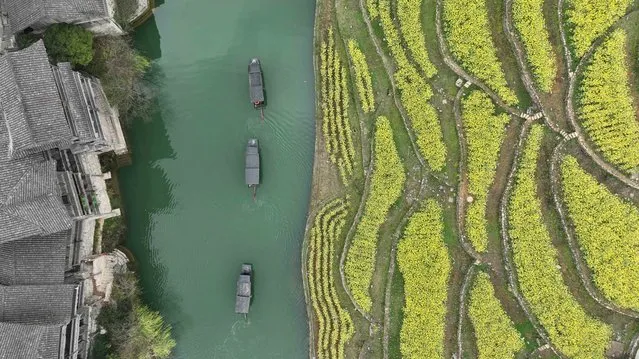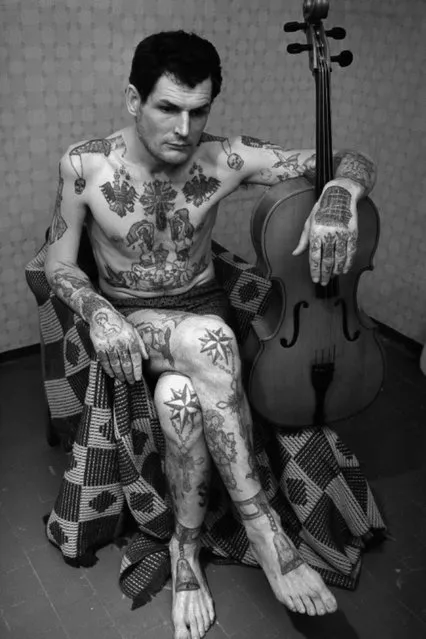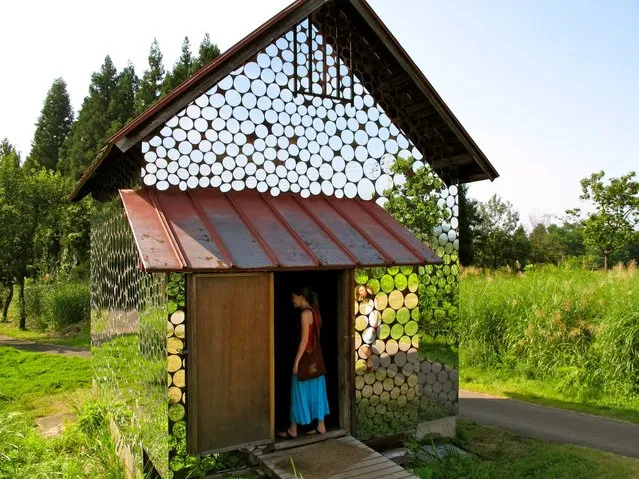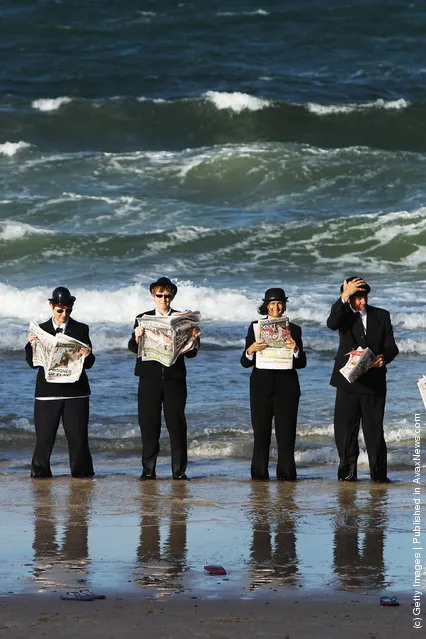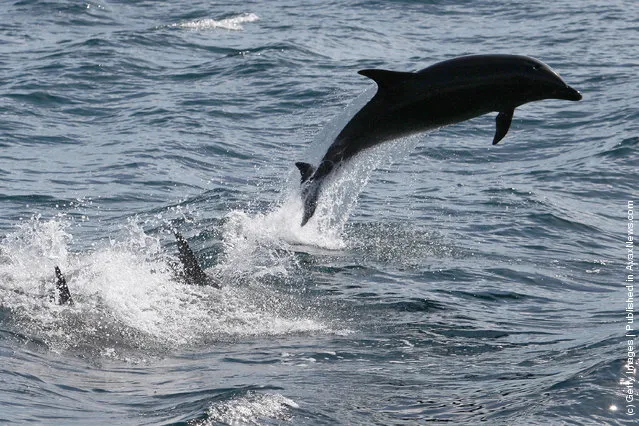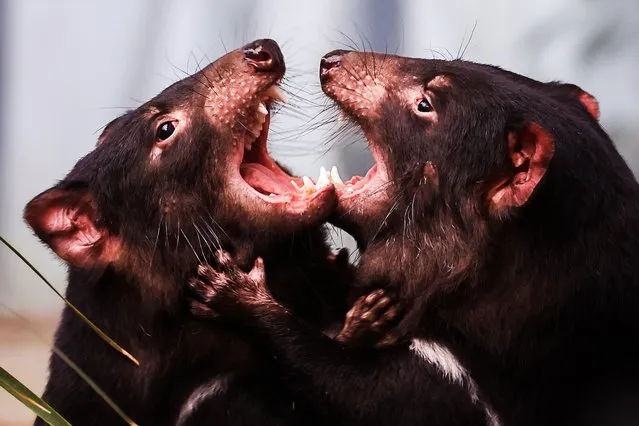
Tasmanian devils play on May 31, 2023 in Sydney, Australia. Creatures living at the zoo welcomed the arrival of winter with snow and an array of treats. Many of the zoo's species would naturally experience seasonal changes within their wild ranges. With the support of the SEA LIFE Sydney Aquarium's sub-Antarctic penguin team, snow is predicted to hit the Darling Harbour-based attraction on Wednesday morning. (Photo by Jenny Evans/Getty Images)
11 Jun 2023 05:14:00,post received
0 comments

